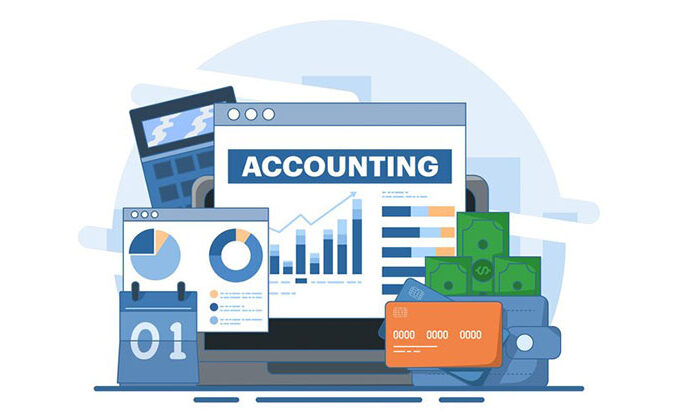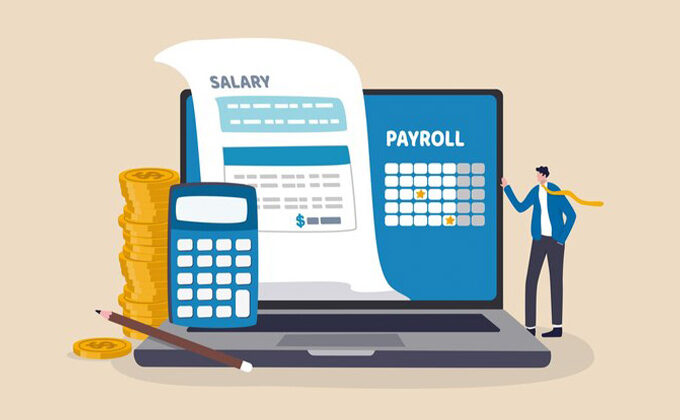Capital expenditures cover costs related to expanding a factory, purchasing software systems, or updating office infrastructure – costs which must be factored into budgeting, financial planning, and evaluating a company’s growth trajectory. In this blog, we’ll break down what capital expenses are, how to calculate them, and why understanding CapEx is crucial for smart financial planning and long-term success.
What is Capital Expense?
Capital expenditure (CapEx), also referred to as capital expense or CapEx investment undertaken by companies to acquire, upgrade, and extend tangible assets’ life cycles. They’re usually employed in manufacturing services or goods, and their lifespan often extends past accounting cycles in which they’re utilized; capital expenses often take the form of purchasing buildings, property & equipment or vehicles that help companies earn long-term profits and boost long-term returns on their profits.
Types of Capital Expenses
Capital Expense (CapEx) is the money a business spends on acquiring or upgrading long-term assets like equipment, buildings, or technology. There are three types of capital expenditures:
- Tangible assets: They include tangible assets such as buildings, land and machinery, vehicles, and even equipment.
- Intangible assets: These are nonphysical assets that have worth, like trademarks, copyrights, patents, and goodwill.
- Software: Sometimes, the expense of developing or purchasing software with an extremely long life span could be regarded as a capital expenditure.
Also read: 6 Best Expense Tracker Apps
Considerations for Capital Expenses
Understanding and managing capital expenses are essential aspects of financial management for companies since they impact the financial statements of the business performance, profitability, and overall competitiveness in the market. Below are some guidelines for capital expenditures:
Purpose and Benefits
- Used to develop or grow the productive operations of the business
- Contribute to the ability of the company to generate income or increase the overall efficiency
- Expected to pay the benefits across multiple accounting periods
Recording and Depreciation
- Recorded on the balance sheet in assets
- Costs are usually depreciated or amortized over the expected lifespan, indicating the gradual usage or depreciation of the asset’s value
- Depreciation is the method to allocate the cost of tangible assets. Amortization is the same process for intangible assets.
Long-term Planning
- These are usually included in a company’s long-term strategic plan
- Be sure to take careful consideration and financial analysis to make sure that the investment will be in line with the goals of the business and will provide an increase in value over time.
Funding Capital Expenses
- The company uses a mixture of loans, internal funds, and other methods of financing to pay for capital expenditures
- The decision to finance these investments is influenced by aspects like the financial health of the business and borrowing capacity, and the cost of capital
How to Calculate Capital Expenses for a Specific Period
The formula to calculate the firm’s CapEx for some time determines the amount a business spends on the purchase or improvement of long-term assets like plant, property, and machinery (PP&E).
The formula you can use based on the balance sheet you use for finding the capital expenditures your company has incurred over this year’s fiscal year would be:
Capital Expenses = (PP&E Current Period − PP&E Prior Period) + Depreciation Expense
Where:
- PP&E = Property, Plant, and Equipment (Net value from balance sheet)
- Depreciation Expense = Total depreciation charged in the current period
It’s important to remember, not all expenses related to an asset can be considered capital expenses. some expenses might qualify as operating costs instead, since these must cover its day-to-day maintenance or enhancement instead. Operating expenses associated with capital assets don’t appear as capital expenses figure since they’re not part of PP&E.
Pros & Cons of Capital Expenses
Pros
- The investment in assets with a long-term outlook will provide value to a company in the long run
- In several jurisdictions, CapEx may be eligible to receive tax benefits, such as deductions for depreciation.
- CapEx tracks the efficiency of the business and provides an opportunity to improve the company’s profit margins.
Cons
- Most of the CapEx requires financing from outside, unless the companies have substantial savings
- The capital investment return isn’t always guaranteed.
- Industry or technology changes could make assets newly acquired obsolete earlier than originally planned, and could result in a loss
Also read: 8 Best Recurring Billing Software
How Capital Expenses Affect A Business
Capital expenses have a profound impact on companies in a variety of ways. They impact their financial health, operational efficiency, competitiveness, and strategic direction. Here are some examples of ways the way that capital expenses impact the business’s performance:
- Asset value and long-term growth: CapEx is investing in long-term assets like equipment, property or technologies, that contribute to the total worth and growth potential of the company.
- Operational efficiency: Upgrading or acquiring new equipment with CapEx will improve the efficiency of operations, resulting in greater productivity and cost savings over time.
- Competitive advantage: Capital investing in technological infrastructure, infrastructure or other strategic areas could give a competitive advantage in enabling a business to offer superior offerings or products to its competitors.
- Accounting impact and depreciation: The depreciation of capital assets could influence the financial statements of a business impacting profitability as well as net income. Accounting practices for CapEx could affect the way analysts and investors view the company.
- Administration burden: Managing the maintenance of capital assets demands constant resources, such as training of personnel and maintenance expenses. This puts an administrative burden on a business.
Wrapping Up
An understanding of capital expenses is crucial for companies looking to invest strategically in their assets for the long term. From the way it is portrayed in financial statements to its effect on the company’s financial standing, Capital expenses are a key factor in determining the financial story of a company. Companies are urged to collaborate with accounting professionals to help navigate the complex world of capital expenses and make sure that they are managed properly.















Leave a comment